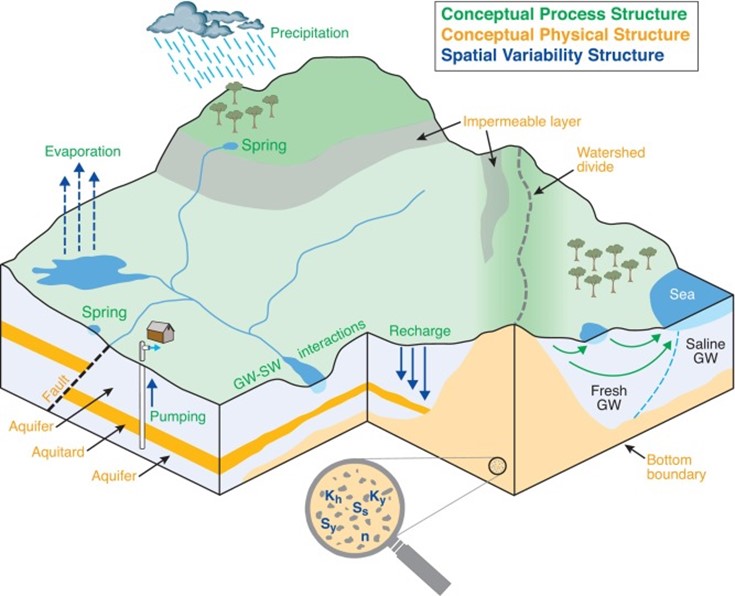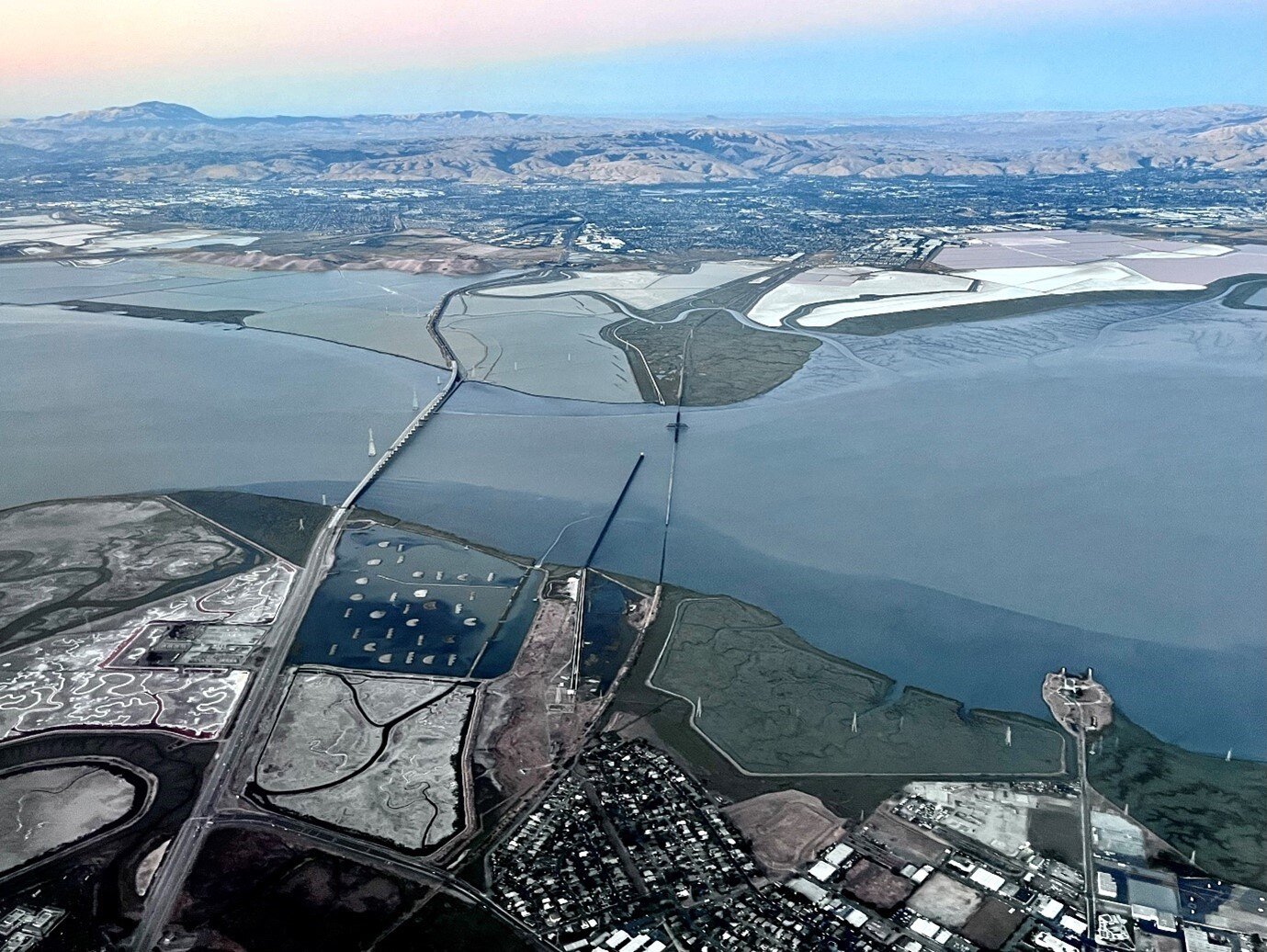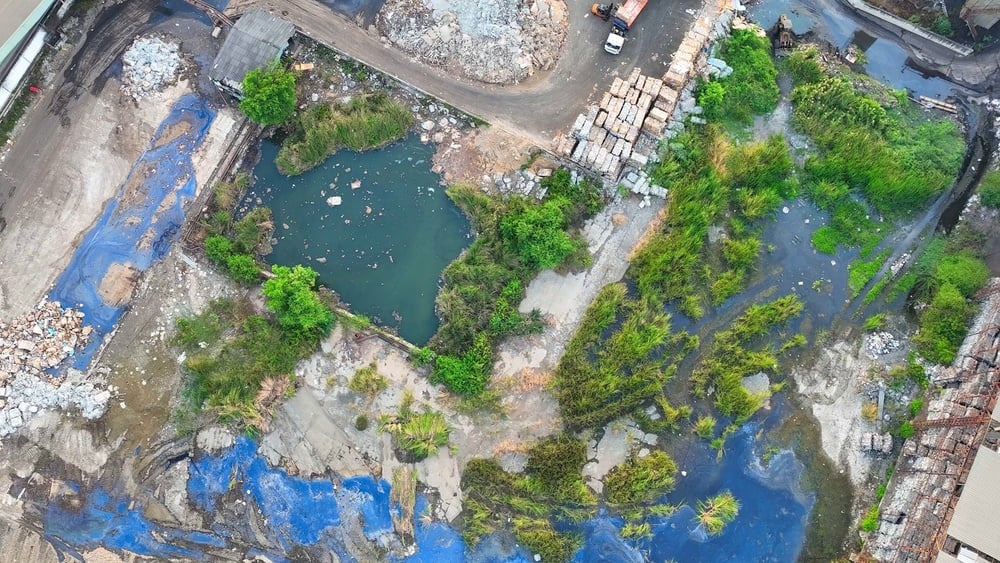In Part 2, we discussed how we use a conceptual site model (CSM) and why they are essential in environmental site management. But what data do we need to collect to incorporate into our CSM, and how do we try to account for climate change?
Which Data Should be Collected?
When creating a conceptual site model, gathering accurate and relevant data is crucial to ensure the project's long-term viability. Every site's CSM is unique and may not require all of the information listed below. However, these main data categories should be considered:
Site-Specific Data: To create a robust conceptual site model, collect site-specific data. This includes geographical information such as topography, soil composition, and hydrological patterns. Understanding these factors helps assess the site's natural drainage, potential erosion risks, and water availability. Other essential data includes historical land use patterns, infrastructure networks, and the presence of any protected areas or sensitive ecosystems.
Climatic Data: Incorporating climatic data is crucial to anticipate the effects of regional climate change on the site. Climate projections can provide insights into potential changes in temperature, precipitation patterns, extreme weather events, and sea level rise. Obtaining data from reputable sources like meteorological agencies or scientific research institutions is essential to ensure accuracy. Historical climate data should be combined with future climate scenarios to estimate the long-term impact on the site.
Environmental Data: Understanding the local environmental context is vital to creating a CSM. Collect data that will help to assess the quality of air, groundwater, surface water, soil gas, and soil in and around the site to identify potential environmental risks and plan mitigation strategies. Additionally, consider collecting data on biodiversity, habitat types, and the presence of endangered or protected species (if applicable to the site). This information helps identify areas that require special conservation measures or habitat restoration efforts.
Socio-Economic Data: Socio-economic data provides insights into the human dimension of the site model. Analyze population growth projections, economic trends, and demographic characteristics of the region. Consider factors such as employment opportunities, housing needs, and transportation infrastructure to understand the site's social and economic context comprehensively. This data helps identify potential impacts on the local community and plan for adequate infrastructure and services.
Infrastructure and Utility Data: Include data on existing infrastructure networks, such as transportation, water supply, wastewater treatment, and energy systems. Assess the condition of these systems to determine if they are a factor in the CSM as preferential pathways. Identify potential vulnerabilities and consider incorporating adaptive measures into the CSM.
Climate Influence and Considerations for the CSM
The CSM is not static; it must remain open to new data and updated information, constantly adjusting. One question is how far into the future the CSM should project to integrate sufficient projections of site characteristics for effective remedy selection. It is essential to consider the extent to which future climate projections and their impact on the hydrological, biological, and geochemical environment should be addressed.1
A CSM that considers hydraulic, biological, and geochemical elements for resilient and durable remedy designs under climate and anthropogenic changes to conditions includes an evaluation of whether potential shifts in the hydraulic, biological, and geochemical aspects of the site's subsurface will influence fate and transport of contaminants. If the potential for a shift exists, then this should be considered during the remedial design.1
CSMs, now more than ever, need to consider whether a remedy can withstand acute or chronic changes to the design environment. Remedies, particularly in situ remedies, should consider the impacts of climate change and anthropogenic-induced changes on the design's overall resilience and durability objectives.1 Changes to consider include, but are not limited to, fresh water and saline water intrusions, fluctuations of water levels, changes in geochemical characteristics (i.e., pH, dissolved solids, dissolved oxygen, etc.), and fluctuations of the vadose zone.
Climate models that would allow us to evaluate climate impacts localized to the boundaries of a typical site do not exist yet (unless the site encompasses a large area, such as an agriculture site), but the use of regional climate models allows us to evaluate the changes listed above on a macro scale and apply the trends to a site. The trends need to consider the theoretical timeline to which they are being applied. Predicting future conditions comes with uncertainty, significantly as timelines extend further.
These topics, and other considerations for climate-influenced changes, are further discussed in the paper Climate-influenced hydro biogeochemistry and groundwater remedy design: A Review, authored by researchers from the United States, United Kingdom, and Australia. The full citation can be found below and is also discussed by one of the research authors Scott D. Warner, PG CHG, CEG/LG, LHG, in the BBJ blog, A Climatic Threat: Sustainable Remediation is Not Just About Sustainability.
Conclusion
Creating a conceptual site model requires a comprehensive understanding of various data sets, including site-specific, climatic, environmental, socio-economic, and infrastructure-related data. The initial development and subsequent modifications of the CSM rely on integrating these data sets and known hydrologic and chemical cycles, which consider the dynamic and changing nature of environmental conditions. Predicting future conditions entails uncertainty, which grows as time goes on. Nonetheless, using well-established relationships within different physical environments, such as the hydrological environment, is crucial to ensure that the CSM is representative and valuable for assessing and mitigating risks at contaminated sites. By using accurate data and integrating climate trends, we can develop site models that are better equipped to withstand the challenges posed by our evolving environment.

Image Source: Science Direct: Hydrogeological conceptual model building and testing: A review
Sources




